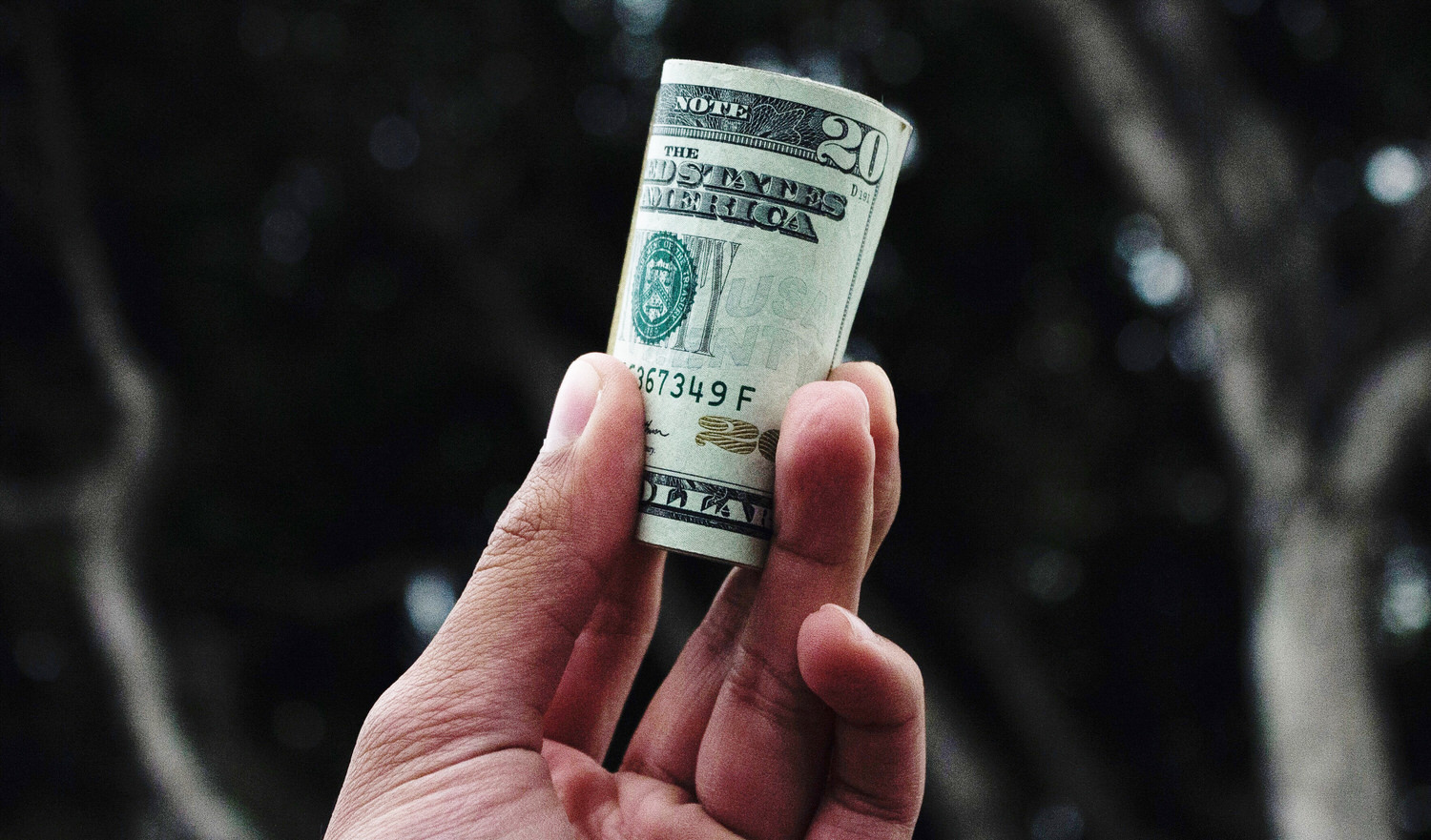Energy and Natural Resources Market Radar (May 7, 2012)

Strengths
- Nymex natural gas price has rallied 2 consecutive weeks to nearly $2.30 per million btu. Low natural gas prices are driving incremental demand. U.S. power plants increased natural gas use by 34 percent in February from a year earlier as decade-low prices prompted a switch from coal. Gas used in electricity generation rose to 672.4 billion cubic feet in February from 503.1 billion a year earlier, the Energy Department said in its Electric Power monthly.
- Corn prices gained 2 percent this week and were boosted by the sixth-largest daily sales figures released by the USDA since 1977, showing that private exporters sold 1.44 million tons for the year beginning September 1, 2012.
Weaknesses
- The crude oil price fell sharply this week against a background of record U.S. inventories and signals of slowing U.S. economic growth. West Texas Intermediate closed near $98 per barrel, the first close under $100 per barrel since mid-February.
- The Richards Bay coal price fell below $100 per metric ton to $99.48 from $100.38.
- The Energy Information Administration’s latest coal stockpile estimate for February 2012 is 186.9 million tons, 44.8 percent above the 10-year average and 15.8 percent above one year ago. Stockpiles are estimated at 79 days of coal consumption, 58.0 percent above the 10-year average of 50 days for February at month-end.
Opportunities
- Indonesia will ban exports of 14 raw minerals effective May 6, with an exception for miners that plan to build local processing facilities. Those miners will be assessed an average tax of 20 percent on ore shipments. The regulation applies to copper, lead, nickel, gold, silver, zinc, chromium, bauxite, manganese, molybdenum, platinum, antimony, iron ore and sand iron, Energy and Mineral Resources Minister Jero Wacik said at a press briefing in Jakarta this week.
- Clarksons estimates that demand for the largest oil tankers is set to rise more this year than previously forecast as China increases crude imports. Hiring of very large crude carriers (VLCCs) is 4.9 percent this year, up from the previous forecast of 3.6 percent. VLCCs are expected to haul 5.4 million barrels a day into China by sea this year.
- Global upstream capital and operating expenditures are set to reach a combined record of $1.23 trillion for 2012 and expected to rise to $1.64 trillion in 2016, according to the latest IHS Upstream Spending report.
- The Iraqi Oil Ministry and the Planning Ministry have prepared a five-year program of development for Iraq’s oil and gas industry. Under the plan, from 2013 to 2017, oil production increases from 2.9 million barrels of oil per day to six million barrels by the end of 2017. The plan is dependant on large foreign investment to be successful.
- Japan is scheduled to shut its last working nuclear reactor this Sunday. With all 54 nuclear reactors closed, Japan will be wholly reliant on other fuel sources for electricity generation and will also seek to limit power consumption. Prior to the Tohoku earthquake, nuclear reactors accounted for about 30 percent of Japan’s power generation.
Threats
- Zambia plans to tighten its grip on the government's share of profits made at the country's mines, boosting tax revenue and ensuring a more level playing field for Chinese and other investors. Investors in miners operating in Zambia, which include Glencore, Indian miner Vedanta and Canadian-listed First Quantum, have fretted over possible increases in taxes under a government elected last year, against the backdrop of a surge of resource nationalism across Africa.
- A planned mining tax in Australia will add 3 percent to the price of iron ore, said ICAP Shipping International. Extra costs from the 30 percent tax scheduled to start July 1 will amount to $3.76 a metric ton for iron ore and coal produced in the country, the shipbroker said. “Some exporters may find it difficult to fully pass on any taxes to customers due to the lower-price environment for many dry-bulk commodities,” ICAP said.
- “A key threat to the stable outlook of the mining sectors is a rise in inputs costs," Standard & Poor's credit analysts warned in a recent industry report card on Asia-Pacific metals and mining companies. "A tighter labour supply and likely higher energy prices will pressure the profitability of many commodity producers. Metal producers will also be wrestling with more expensive raw materials," the analysts advised.











